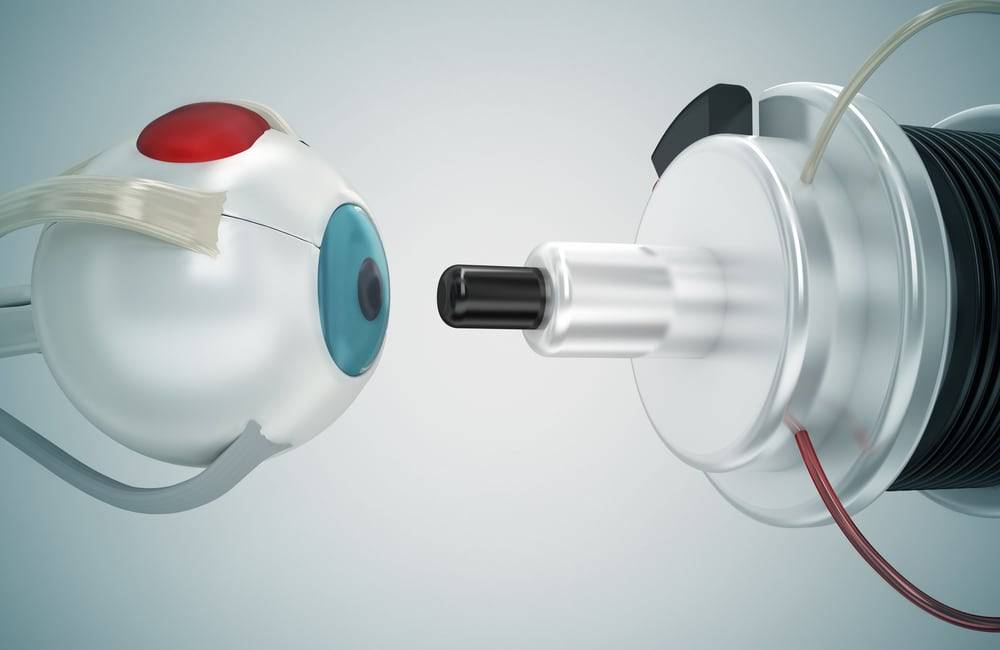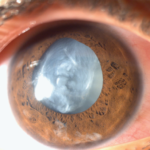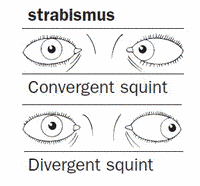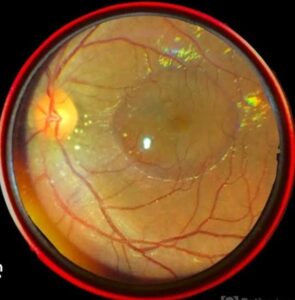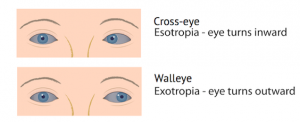Cataracts remain one of the leading causes of reversible blindness globally. Thanks to major medical advancements, cataract surgery has evolved into a highly sophisticated, quick, and safe procedure. In 2025, we are witnessing two powerful aspects transforming cataract care: surgical techniques and technological innovations.
Although they work hand-in-hand, techniques and technologies are not the same. Surgical techniques refer to how the cataract is removed, while technologies are the tools and systems that support or enhance these methods. Let’s explore both in detail.
🔹 Surgical Techniques in Cataract Surgery
Modern cataract surgery is no longer a one-size-fits-all approach. Surgeons today use different techniques based on the patient’s needs, the cataract’s maturity, and available resources.
1.Phacoemulsification (Phaco)
Phacoemulsification is the most widely used cataract surgery technique worldwide.
How It Works:
A small incision (about 2.2 to 2.8 mm) is made in the cornea. A probe is inserted that uses ultrasound waves to break the cataract into small fragments. These fragments are then suctioned out, and an artificial intraocular lens (IOL) is implanted.
Advantages:
• Small incision, no stitches
• Faster healing
• Minimal postoperative complications
• Low induced astigmatism
Phaco is ideal for patients with mild to moderate cataracts and is often combined with premium IOL options.
2. Manual Small Incision Cataract Surgery (MSICS or SICS)
MSICS is a manual, sutureless technique commonly used in developing countries or rural eye camps.
How It Works:
A slightly larger incision (6–7 mm) is made, and the lens is removed manually. No phaco machine is needed.
Advantages:
• Cost-effective
• Suitable for very hard or mature cataracts
• Less reliance on advanced machinery
While recovery is slightly slower than phaco, MSICS remains a dependable technique, especially where high-tech tools aren’t available.
3. Femtosecond Laser-Assisted Cataract Surgery (FLACS)
FLACS represents a highly advanced technique where a femtosecond laser performs the key steps of the surgery.
Steps Automated by Laser:
• Corneal incisions
• Anterior capsulotomy (opening of the lens capsule)
• Lens pre-fragmentation
Phacoemulsification is still used to remove the softened lens, but with much lower energy.
Advantages:
• High precision and consistency
• Reduced phaco energy and trauma
• Predictable outcomes
• Ideal for premium IOL implantation
FLACS is more expensive and often reserved for patients who desire the most advanced care or refractive precision.
4. Extracapsular Cataract Extraction (ECCE)
ECCE is an older technique used primarily in rare or complicated cases.
How It Works:
A large incision (10–12 mm) is made, and the lens is removed in one piece, leaving the capsule behind for IOL placement.
Used For:
• Extremely dense or traumatic cataracts
• When phaco or SICS is not feasible
Recovery takes longer, and sutures are required. ECCE is now rarely used except in emergencies or low-resource areas.
🔹 Modern Technologies in Cataract Surgery:
While techniques refer to the “manual skill,” technologies are all about the precision tools that help improve outcomes, safety, and customization.
1. Femtosecond Laser Systems
Femtosecond lasers like the LenSx and Catalys systems are designed to automate critical surgical steps with unmatched precision.
Benefits:
• Blade-free incisions
• Centered and accurate capsulotomy
• Pre-softened lens = easier phaco
These lasers have enhanced safety profiles, especially in complex or premium IOL cases.
2. Advanced Phacoemulsification Machines
• Machines like the Centurion Vision System and Stellaris Elite now offer:
• Smart fluidics
• Enhanced power control
• Real-time intraocular pressure balancing
These systems reduce phaco energy needed and protect eye tissues during surgery, making them a standard in modern operating rooms.
3. AI-Based Biometry and Surgical Planning
Artificial Intelligence is transforming cataract surgery planning.
Tools:
• IOLMaster 700
• VERION™ Digital Marker System
• ORA System with VerifEye+
What They Do:
• Provide accurate axial length and corneal curvature measurements
• Suggest IOL power and placement
• Improve refractive outcomes by reducing human error
AI ensures that even tiny variances in eye anatomy are accounted for.
4. Light Adjustable Lenses (LALs)
A new generation of IOLs, such as the RxSight LAL, can be customized after surgery using special UV light adjustments.
Benefits:
• Fine-tunes vision once healing is complete
• Allows refractive corrections without another surgery
• Perfect for patients with a history of LASIK or irregular corneas.
5. Extended Depth of Focus (EDOF) and Trifocal IOLs
• These premium IOLs give patients:
• Distance, intermediate, and near vision
• Greater spectacle independence
• Fewer side effects (glare/halos)
Examples include Symfony, PanOptix, and Vivity lenses.
6. Intraoperative Aberrometry
Systems like the ORA™ with VerifEye+ measure the refractive power of the eye during surgery, allowing real-time adjustments in IOL selection or placement.
Especially helpful in patients with:
• Previous LASIK/PRK
• Astigmatism
• Premium lens implantation
7. 3D Visualization and Heads-Up Surgery
Systems like NGENUITY™ 3D allow surgeons to perform the surgery by viewing the eye on a 3D monitor rather than through a microscope.
Advantages:
• Better posture and comfort for the surgeon
• Enhanced depth perception
• Useful for surgical training
This is becoming increasingly popular in teaching hospitals and high-volume centers.
8. Dropless Cataract Surgery
Instead of prescribing multiple postoperative eye drops, surgeons now use intraoperative drug injections of antibiotics and steroids.
Benefits:
• Improved patient compliance
• Reduced cost
• Fewer side effects
This technique is revolutionizing postoperative care, especially for elderly patients who struggle with drop schedules.
9. Robotic Assistance and Smart Operating Rooms
Although still in early stages, robotic-assisted systems and AI-guided tools are being integrated into surgical theaters. These allow:
• Precise incision guidance
• Automated IOL centration
• Real-time analytics
Smart surgical environments also store patient data, videos, and outcomes, making long-term patient care and training more efficient.

